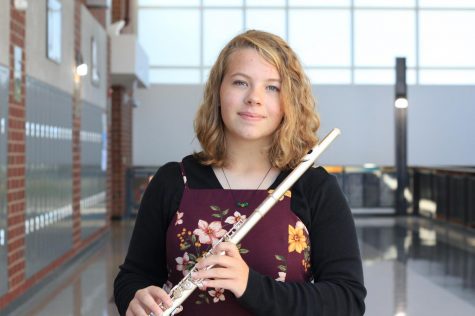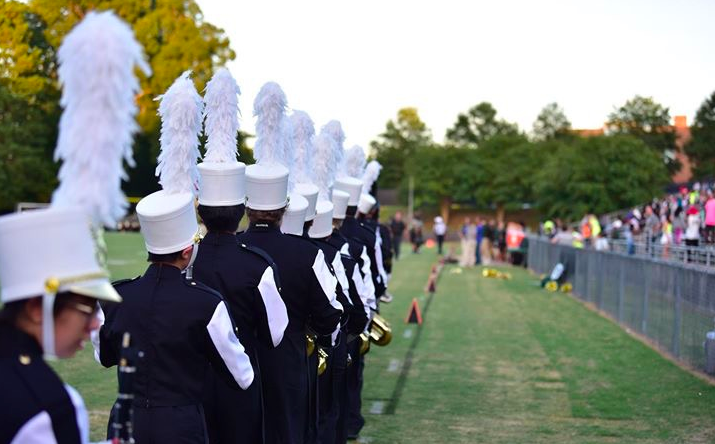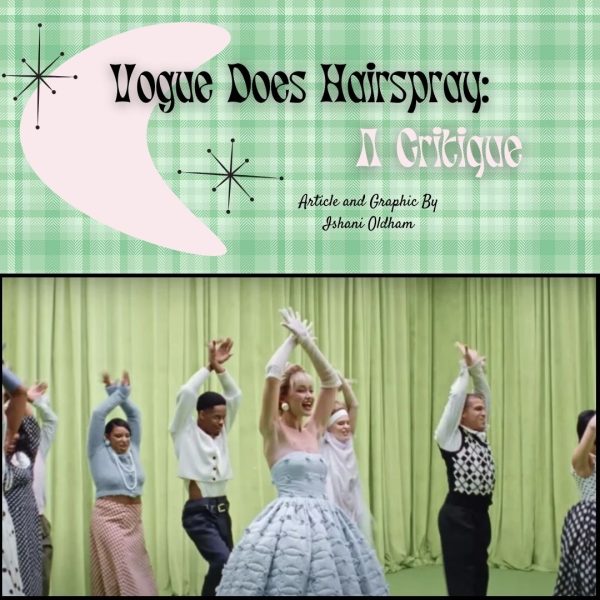“The Caged Bird Sings”: The Story Behind the 2019 Marching Band Show
To many Enloe students, a Friday night means football, coordinating outfits with the Eagle Club, and spending time with friends. But for the 92 members of the marching band, Friday nights mean catchy songs, fun dance moves, and a halftime performance of their fall show in front of the school. What the majority of the game attendees don’t think about is the work that it takes to perform that halftime show.
“The show is what I’m here for, the art, the music,” says Justin Lumpkin, the brass section captain. “The whole purpose is to make music more impactful, to combine the auditory aspect with the visual aspect, just like a musical.” This year’s marching band show is based on Maya Angelou’s poem, “Caged Bird”, which features group visuals resembling birds, waves, and the rising sun. With recordings of Maya Angelou reading her poem, the show tells the story of a captured bird that longs for the freedom of the skies. As the show’s opener progresses, the band plays melodies reminiscent of the bird’s desperation for freedom, its distress from being in captivity, and its hope for the future. The second movement of the show starts with a beautiful duet performed by Claire Chu on flute and Michael Wang on clarinet. The mournful tone of the clarinet captures the resignation of the caged bird, while the soaring sound of the flute evokes the emancipation that the caged bird hopes for, if only it could spread its wings and fly.
Band camp starts 3 weeks before the school year begins. Imagine that. Waking up at 7:00 in the morning every day for three whole weeks to march in the August sun for hours on end. Memorizing pages and pages of music, places to stand on the football field, and new marching techniques, all while trying not to get devoured by mosquitos. It doesn’t sound like much fun, so why do they do it? Well, as Adam Reichert, the captain of the woodwind section, says, “Suffering alone sucks, but suffering together is bonding.” Before the school year even starts, you get a chance to make a hundred new friends to whom you are strongly connected. You laugh together, you cry together, you truly become a family.
One of the greatest parts of marching band is collaborating with so many people who are all committed to what they’re doing. Claire Chu says, “[the band] is so much closer than ever before.” The feelings of passion, conviction, and connection the members of marching band feel are translated into every aspect of the show. “It taught me how to set aside my own personal goals in order to match the goals of a large group of people,” says Jackson Klauke, the band’s drum major. That unity brings all 92 members of the band together to operate as one. Reichert says that marching has helped him mature over the past four years, and Lumpkin says it has helped him improve his focus. Orienting your focus towards a collective goal helps create an environment for learning and growth that fosters unity and passion as well as diminishes selfishness and greed.
Marching band has had a big impact on many students’ lives. To join the band is to become a part of a second family. Despite the summer heat, the constant rehearsing, and the music you can’t quite get out of your head, being in marching band feels like home. So, in the words of the junior drum major, Chris Burch, “If you’re thinking about doing it, do it. Take the chance. You won’t regret it.”

Kate is a dedicated member of Enloe's marching band, as well as an avid flute and piccolo player outside of school. She enjoys writing and learning foreign...







